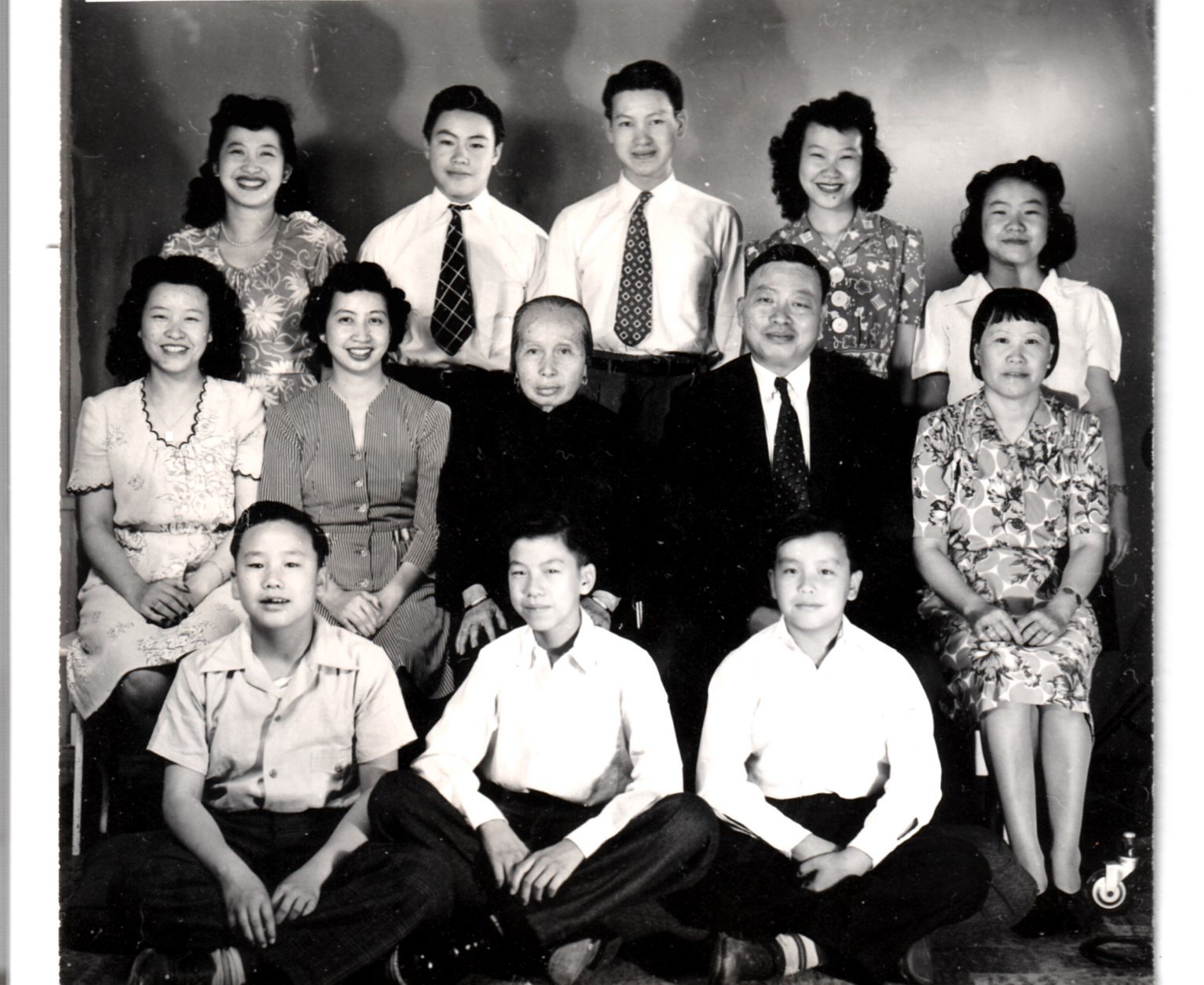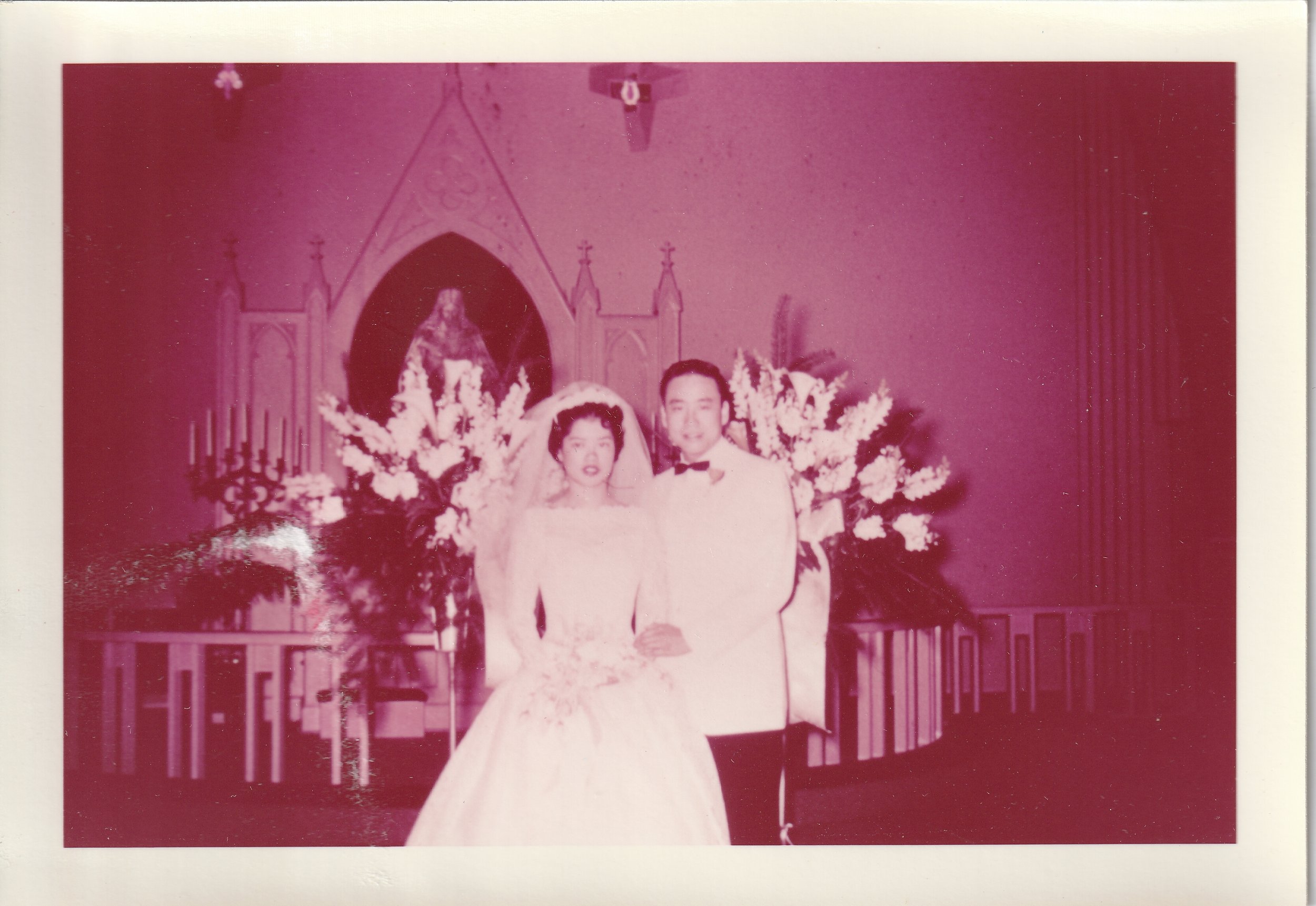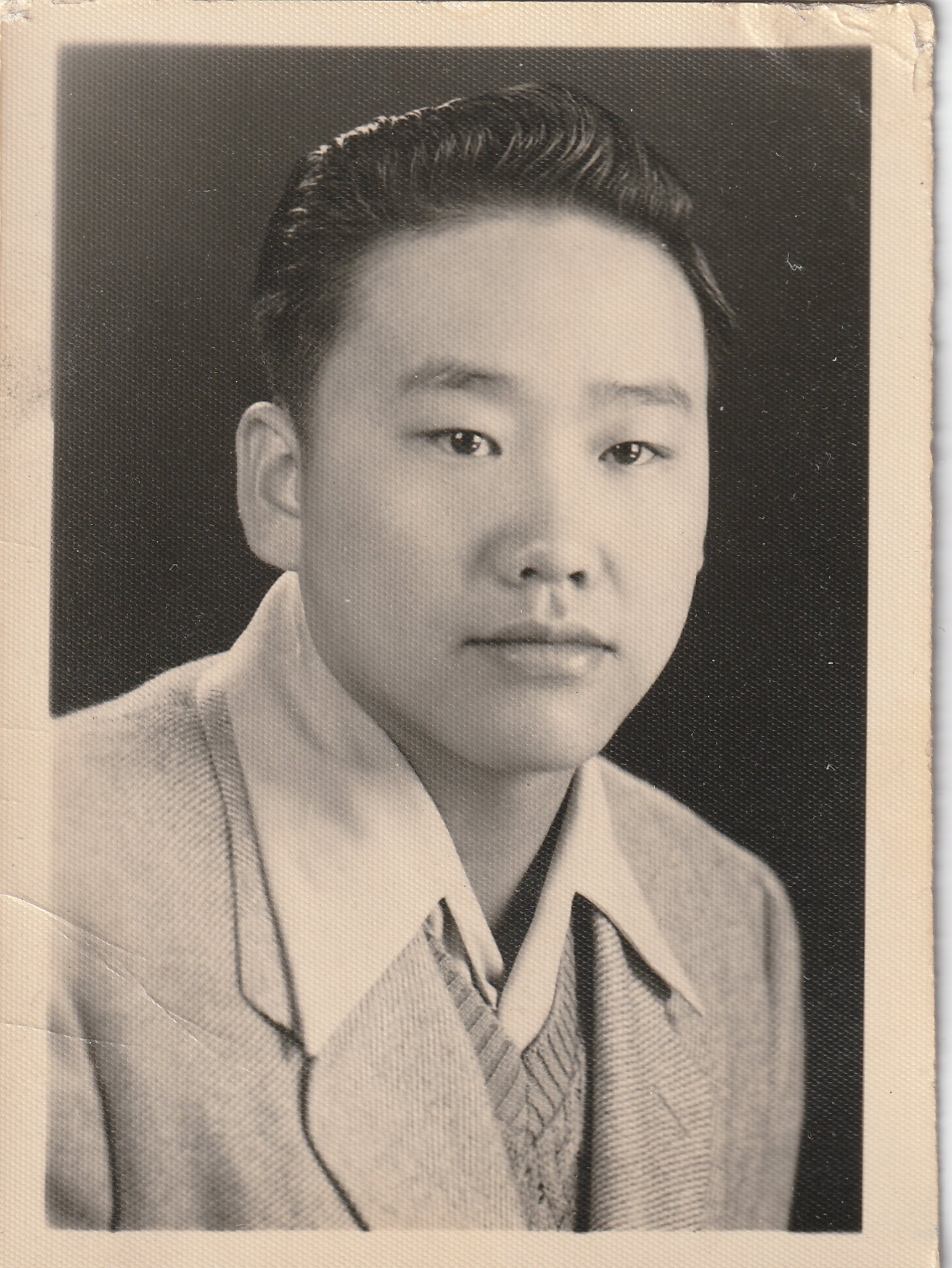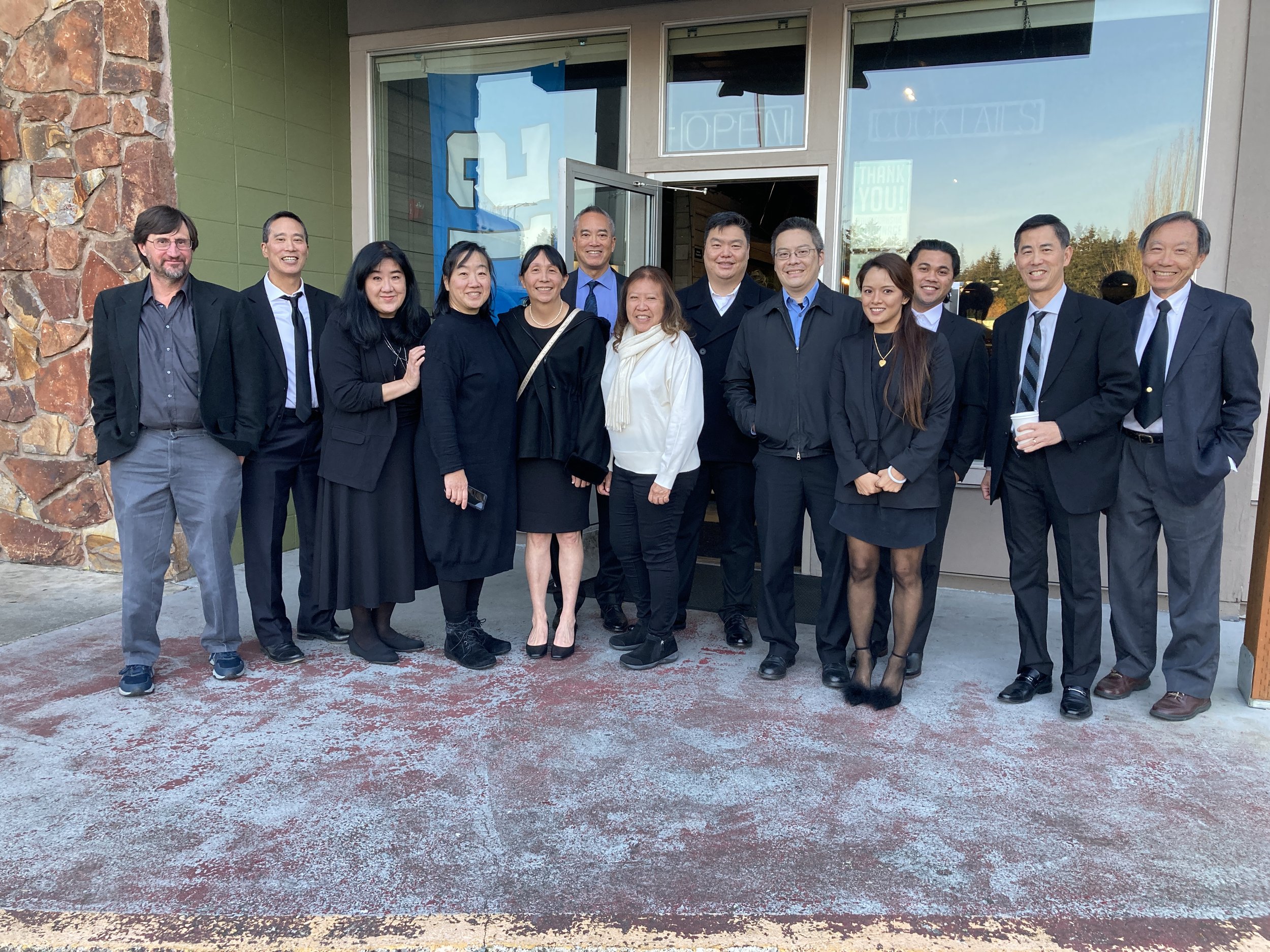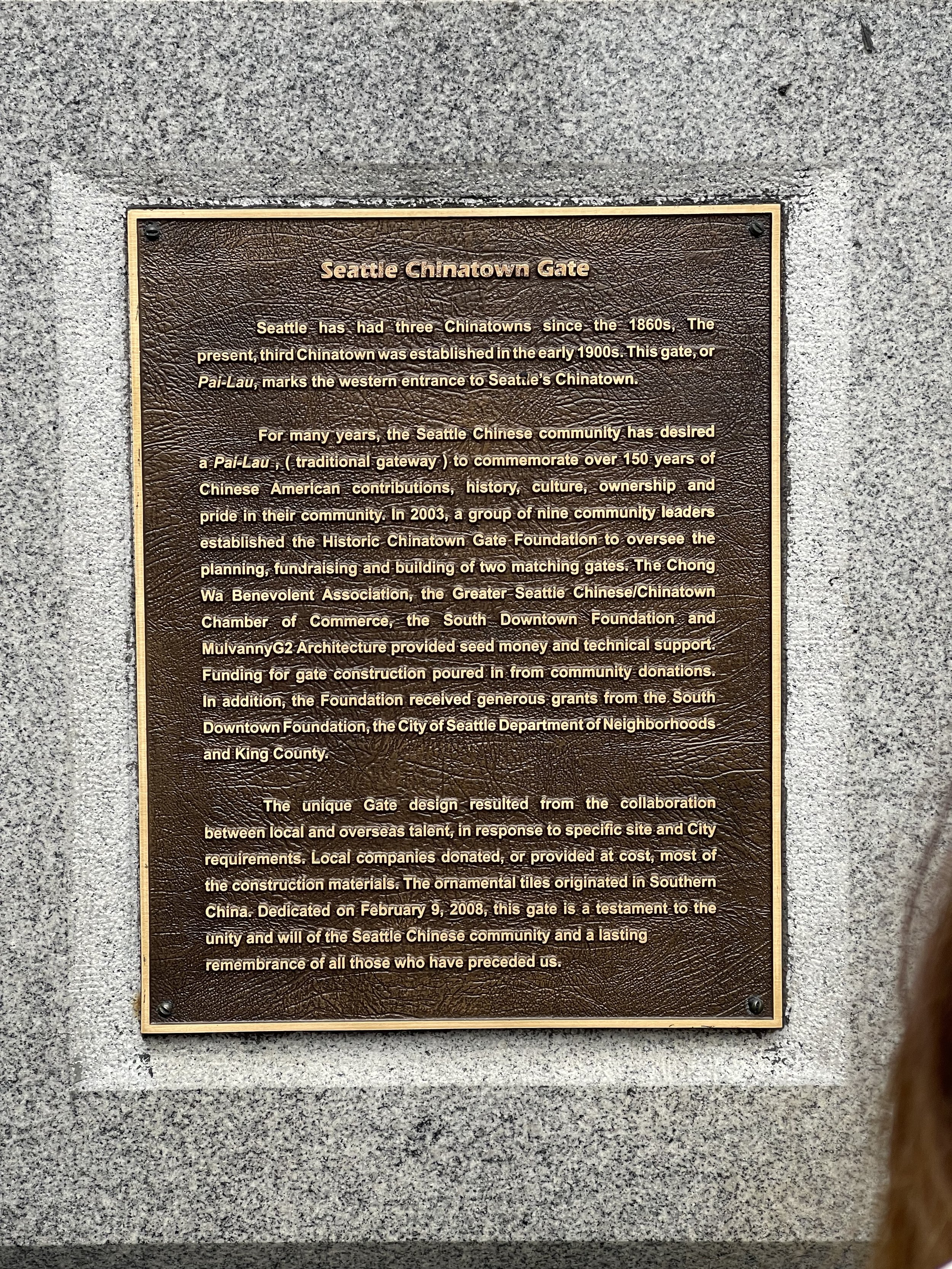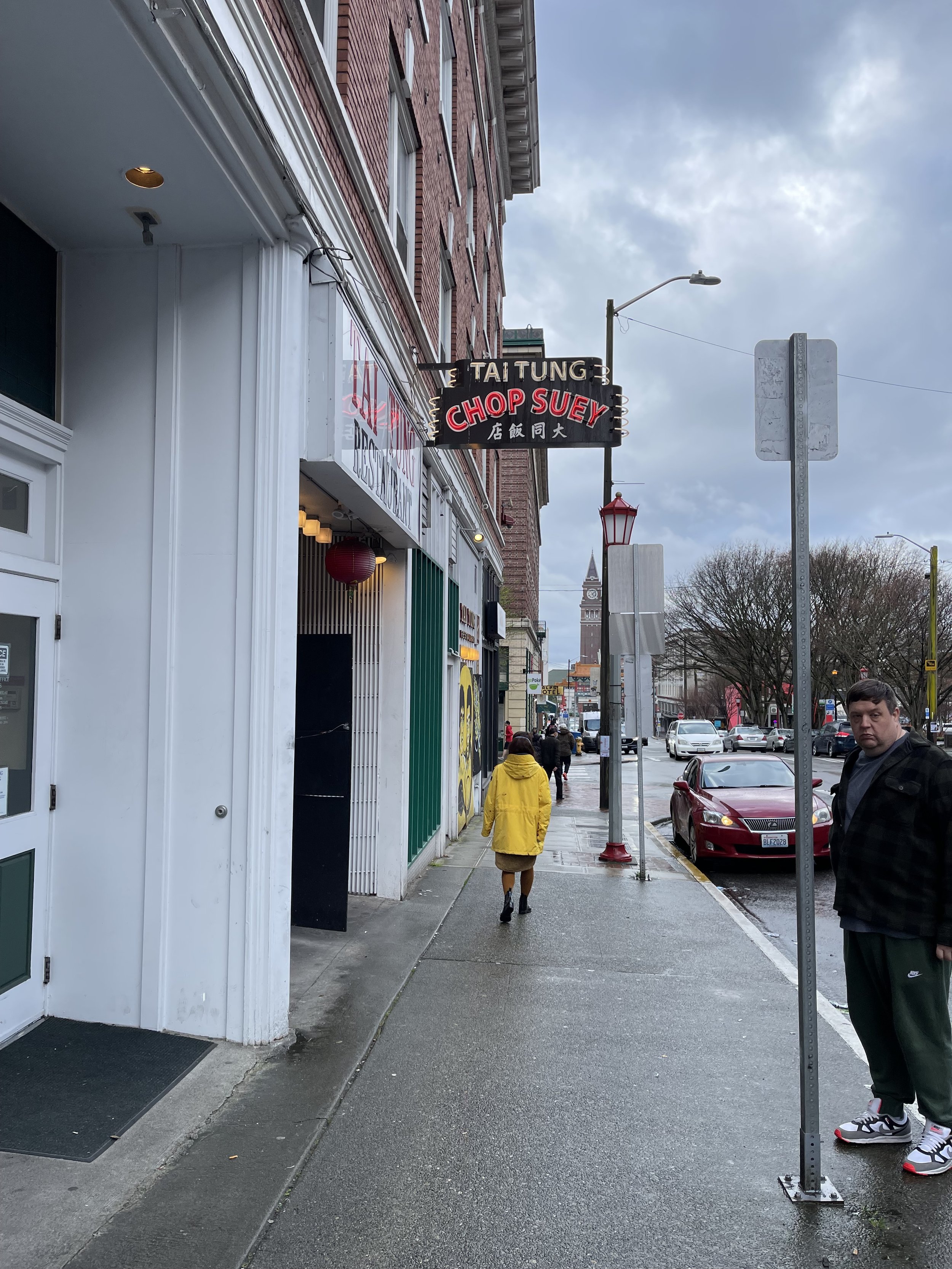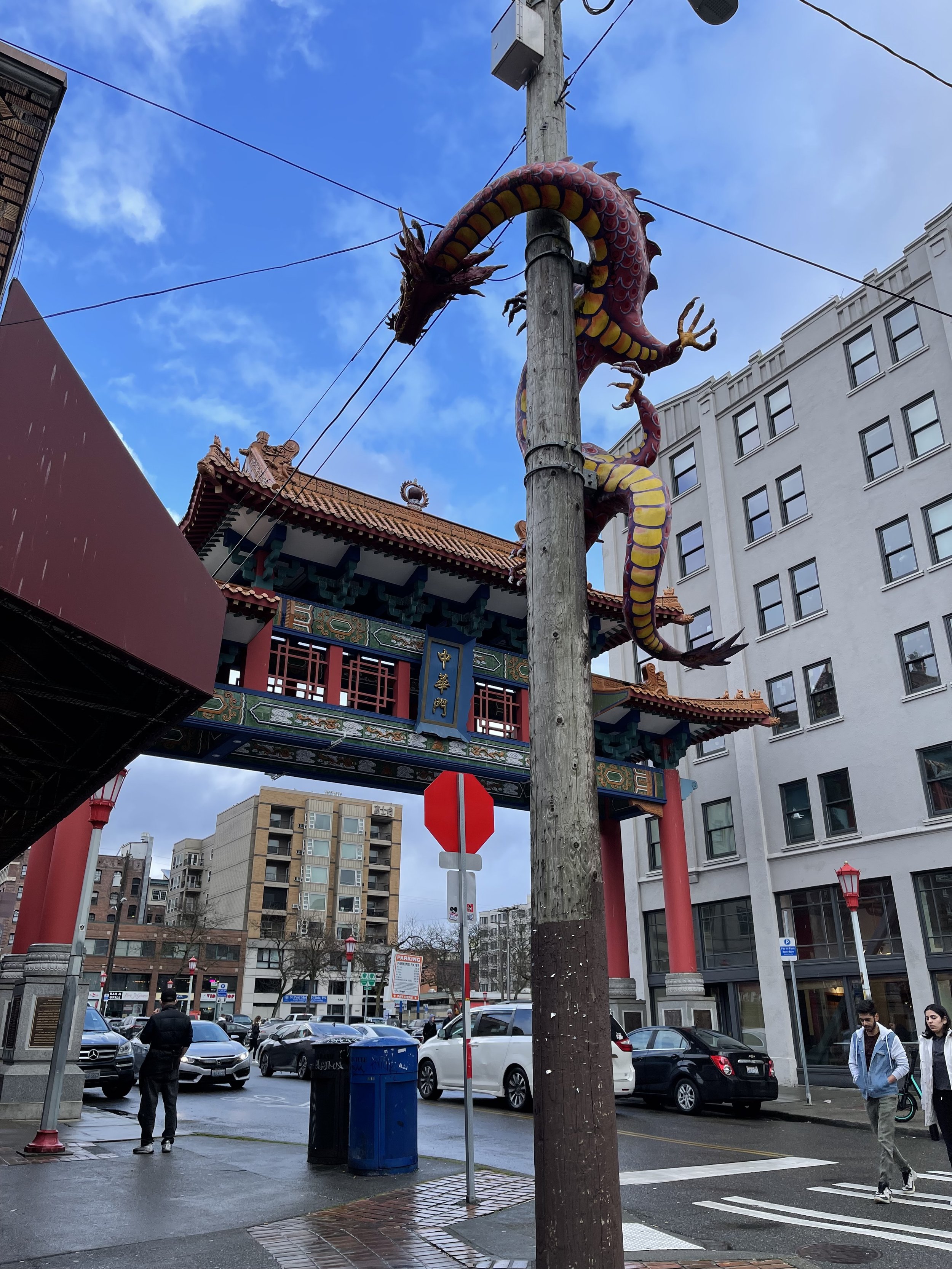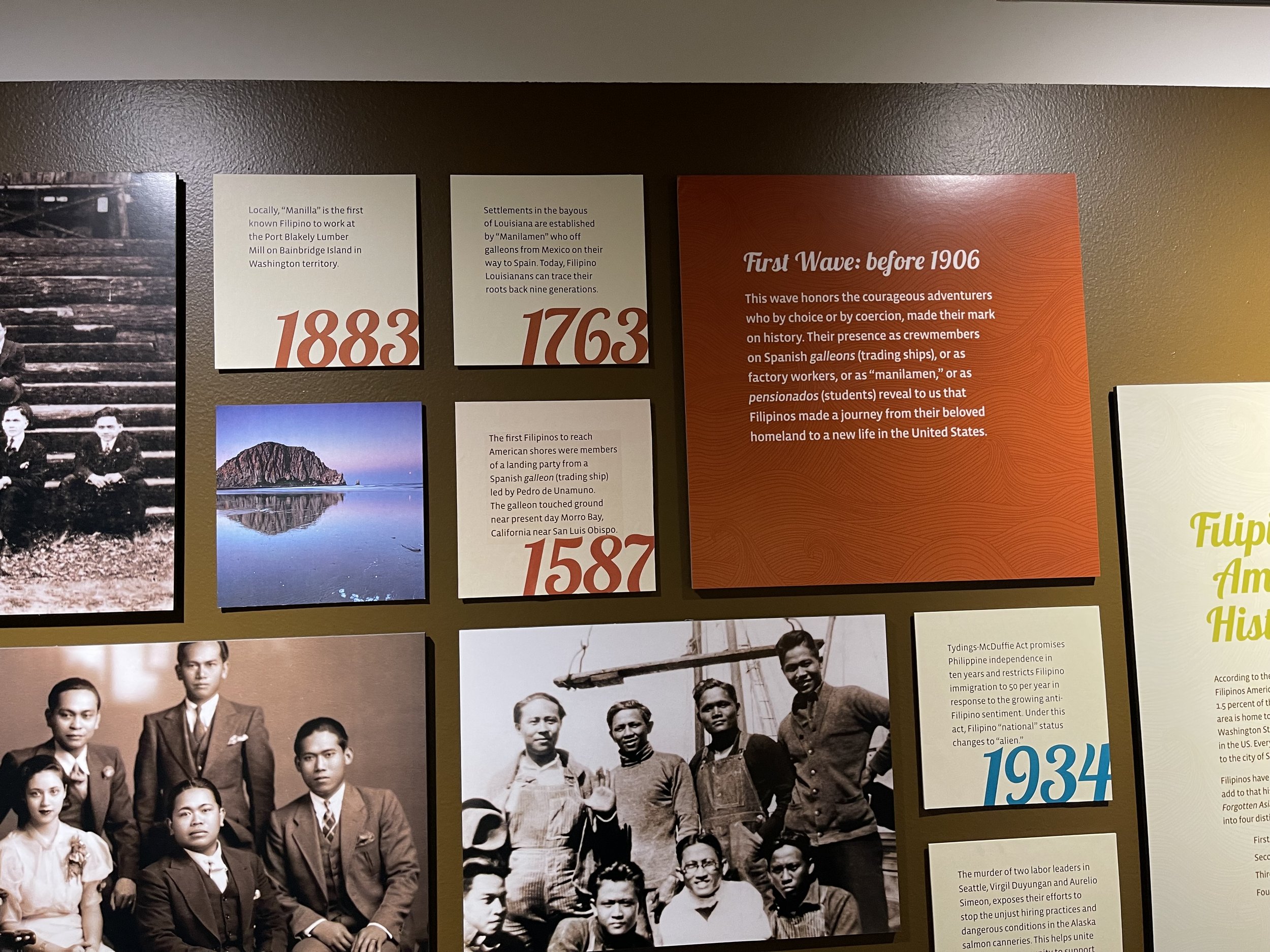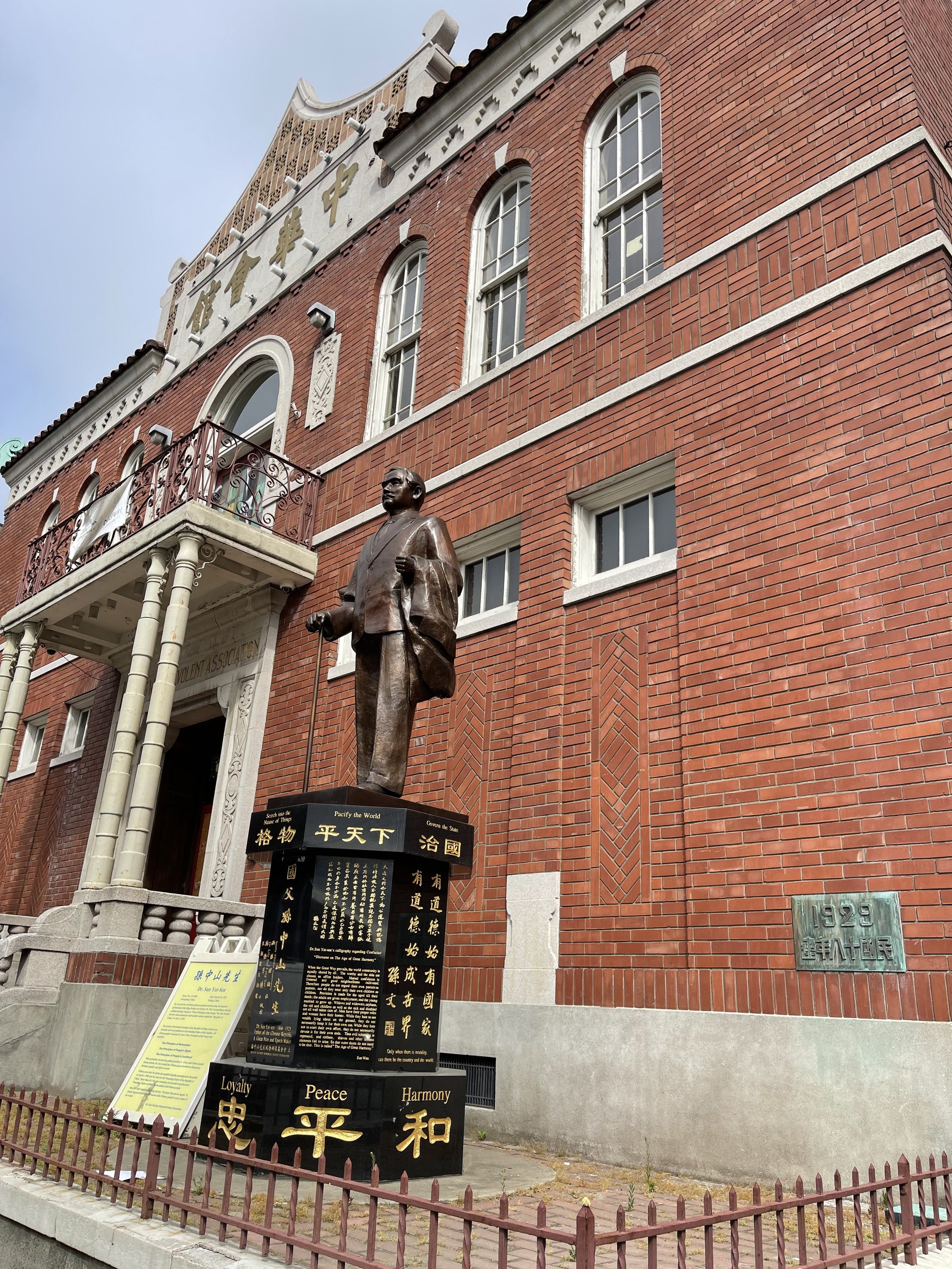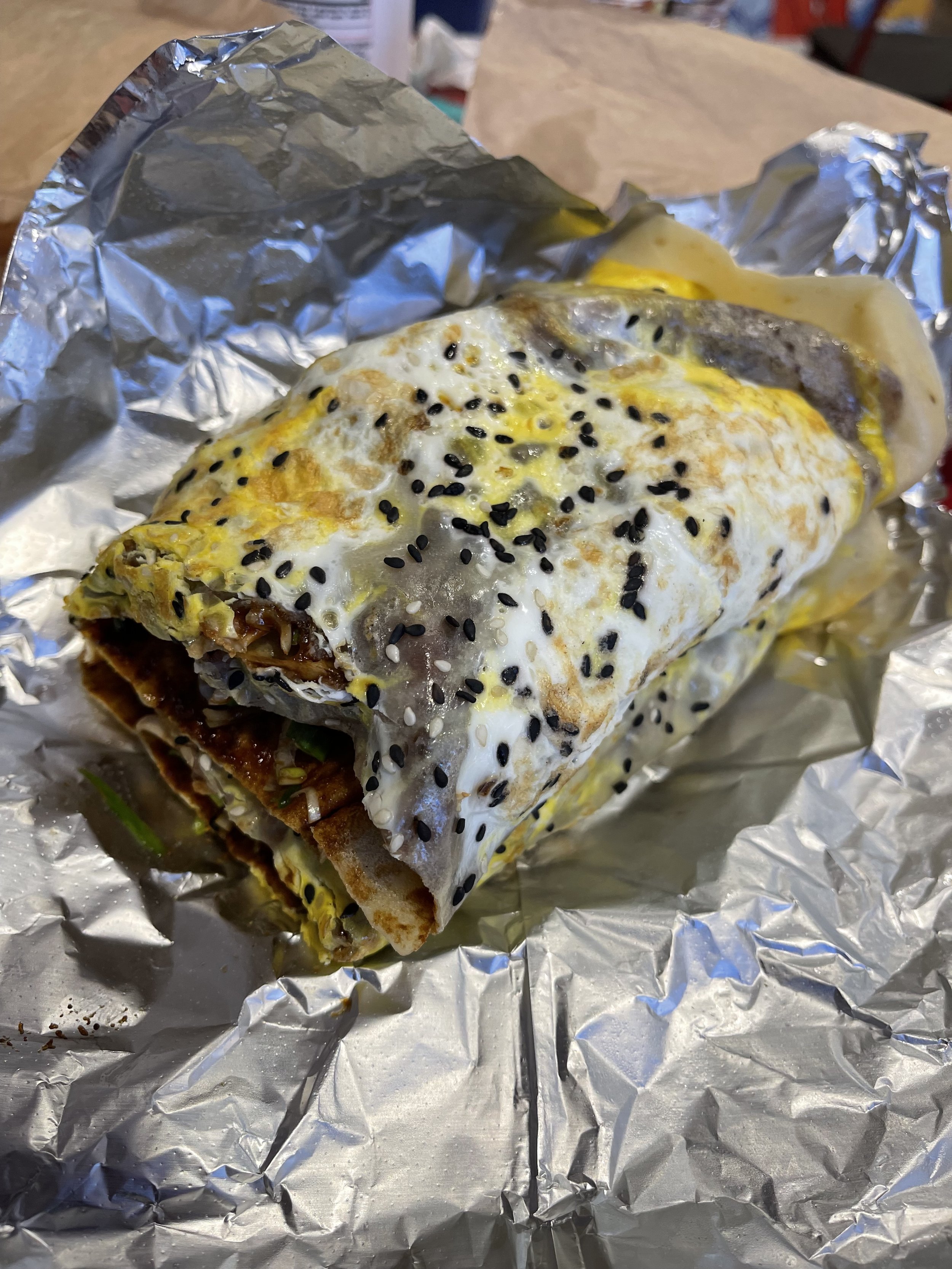Seattle, WA - Dr. Kenneth Kendall Chew
The remarkable life of Red Bluff, California’s beloved Dr. Kenneth Kendall Chew came full circle in Seattle, WA. Uncle Ken was the last surviving Chew family member to have been born at our historical Bo Do Hong Company herbal store established in 1865. He was also the last surviving Chew to live in our little long lost Chinatown in Red Bluff, California. From the time he was born, he was pure joy to our family. The loss of Uncle Ken is like no other family member. There are no words to describe his sweet nature and his legacy continues through the lives he impacted. You can ask anyone in Seattle about the “Oyster King” and most likely they know who you are talking about. Be sure that anyone who knew Uncle Ken, knew he was from Red Bluff, California. A reminisce of his words outliving him through his gestures so sweet, it touches your heart so deeply. The Chew family was so proud of him. He was the first in our family to attend graduate school, he was our first American PhD, scientist, and our first Chinese American born pioneer. He embodied all of the values for which our ancient "Zhao Song Royal Village" built in the “thirteenth year of Hongwu in the Ming Dynasty (1380)” cherished: culture, Piao Se, and education.
While he is well known as a visionary, mentor, authority in the science of aquaculture, at home and to family he was just a sweet Dad, Grandpa, or Uncle Ken. At the epicenter of his big giant golden heart, he was just a family man who mostly just wanted to know that you are on the right path and he was a shoulder to lean on anytime you needed one.
For family, it is hard to imagine that this sweet genuine family man was making a significant impact on the shellfish industry, as well as State, regional, and Federal policies just right outside our front doors. It is no surprise that much of his work came from building relationships with legislators and regulators. Uncle Ken’s achievements continue to inspire others every day as he was instrumental in establishing the U.S. Department of Agriculture/National Institute of Food and Agriculture (USDA/NIFA)-funded national RAC program and so much more. Our big giant family misses him every day, but we are comforted by the accomplishments of so many people he was able to influence and the stories they share.
Beyond Uncle Ken’s remarkable career, he also married a remarkable woman named Auntie Maegan. Maegan was not only the most striking woman in any room, she was well educated, ambitious, and had every characteristic of women-empowering-women. She was a woman beyond her years and she accomplished so much during a time providing so little opportunities for women, especially Chinese American women. I truly believe if she had been born years later, she would be CEO of a major public corporation. She complimented Uncle Ken in every way. She matched his ability to influence others. She was smart and articulate. More importantly, she was devoted to educating children, participating in the church, and making a warm home for her family while being a working mom. It is pretty amazing Uncle Ken was so lucky to have a wife like Auntie Maegan.
She preferred the name Maegan, but was Born May Wong in Dunsmuir, California on July 16, 1936 to Ngoon Fong Wong (1900-1990) and her mother, Yee Shee (1904-1982). Her parents would not live in Dunsmuir long enough for her to remember anything about it, they moved to Santa Barbara before settling in Seattle, WA where they operated the Main Café located at 511 Jackson Street. Auntie Maegan is a local girl to the Seattle’s Chinatown and she loved the old “soul food” recipes from her father’s restaurant. The menu by today’s standards would be equivalent to Comfort Food. She and Uncle Ken shared the same background of growing up in the restaurant business with similar menus. They also were fortunate enough to share the same Cantonese dialect which is rare in a City that had 3 Chinatowns. In 2018, Maegan authored “The Wong Roots”, a biography on her families origin stories, made in loving tribute to her grandchildren and someday great grandchildren and so on. See, we told you she was a woman beyond her years.
But understanding Auntie Maegan’s environment is equally important. The Chinese history in Washington is one that is unique across the United States, “during the early to mid-twentieth century, Washington was known throughout the region and the nation for its liberal social policies. Interracial couples often traveled long distances from states with anti-miscegenation laws to marry in Washington .” (Stefanie Johnson). This would accelerate the course of generations to grow up in a more progressive society versus the rest of the United States.
Seattle's Chinatown Historic District was once the largest Asian community in Washington State and attracted thousands of immigrants. Seattle's first Chinese settlers arrived in the 1860s to fulfill the workforce demand of booming industries in the region.
The Jackson Regrade project in the early 1900s uprooted the Chinese community, and Chinese immigrants moved to nearby King Street, becoming a catalyst for a new Chinatown. Then there was the growth of the Japanese community in Seattle, surpassing that of the Chinese in the early 1900s. Other ethnic groups arrived in Chinatown including Filipinos who established their own neighborhood called "Manilatown". During World War II, Japanese Americans in Japantown were forced to abandon their homes and businesses and were detained at internment camps. Large numbers of African Americans came to Seattle during the war, adding to the district's diversity.


